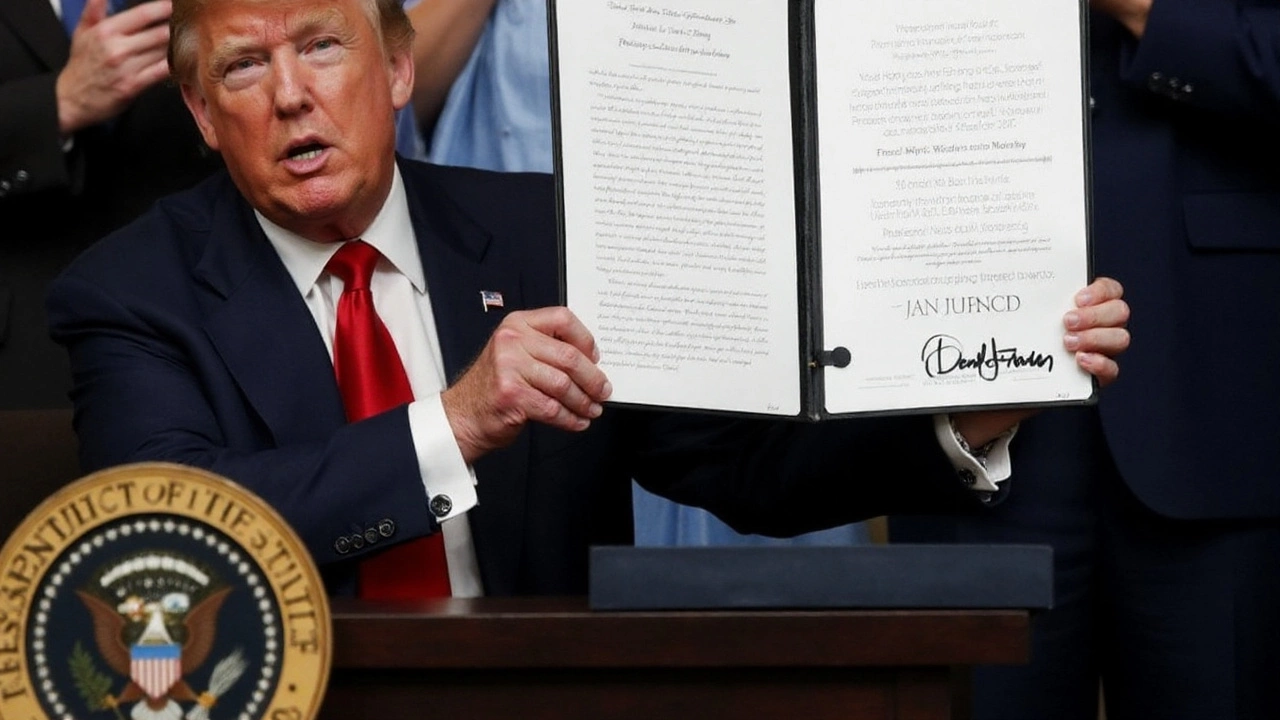Trade War Explained: What’s Happening and Why It Matters
When you hear the phrase “trade war,” you probably picture countries throwing tariffs at each other like punches in a boxing match. In reality, it’s a series of policy moves that can ripple through grocery aisles, tech gadgets, and even the price of a cup of chai. Let’s break down the basics, look at a recent U.S.–India clash, and see how this tug‑of‑war might touch your daily life.
Recent U.S.–India Tariff Clash
Earlier this year a federal appeals court ruled that most of the tariffs imposed by former President Donald Trump were unlawful. While the decision kept steel and aluminum duties intact, it struck down a slew of other tariffs that had hit Indian exports with a 50 % levy. Those measures were part of a broader effort to pressure India on issues ranging from intellectual property to market access.
The court’s 7‑4 split sent shockwaves through the trade community. Indian exporters suddenly saw a pathway back into the U.S. market, while U.S. manufacturers worried about a flood of cheaper goods. The ruling is likely to head to the Supreme Court, meaning the debate will continue for months, if not years.
Why does this matter to you? A single tariff can add 10‑20 % to the price of imported items. That bump shows up on everything from smartphones to farm equipment. For Indian businesses, the decision could revive sales pipelines that were stalled by the 50 % tax, helping them stay competitive globally.
How Trade Wars Affect Everyday Life
Trade wars aren’t just headlines; they change the cost of the things you buy. When a country raises duties on steel, car manufacturers pay more, and those costs trickle down to the consumer. Similarly, agricultural products—wheat, rice, spices—can see price spikes if import duties rise.
Beyond price, trade wars can disrupt supply chains. A sudden tariff on electronic components can delay the launch of new phones or force companies to find alternative suppliers, which may be slower or less reliable. The result? Longer wait times for new tech and potentially lower quality.
Job markets also feel the impact. Industries that rely on exports may cut back hiring if tariffs make their products less competitive abroad. On the flip side, domestic producers sometimes benefit from reduced foreign competition, leading to new jobs in certain sectors.
For the average person, the safest move is to stay informed. Keep an eye on news about major tariff changes, especially those involving goods you purchase regularly. If you run a small business, consider diversifying suppliers to avoid over‑reliance on a single market that could become a trade‑war battleground.
In short, a trade war is a policy tool, not a battlefield. It reshapes prices, supply chains, and job prospects, often in ways you don’t notice until the bill arrives. Understanding the basics helps you anticipate changes and make smarter buying decisions.
So next time you hear “trade war,” think of it as a set of economic moves that can touch your wallet, your work, and even the gadgets you love. Staying aware is the first step to navigating the ups and downs of global trade politics.
US Slaps 50% Tariff on Indian Imports Amid Russia Oil Row, Triggering Political and Economic Shockwaves
The US has announced a 50% tariff on Indian imports, blaming India's Russian oil purchases and sparking a global trade row. This move, the highest imposed on any nation, has led to political backlash and warnings of higher consumer prices, especially for clothing and footwear.





